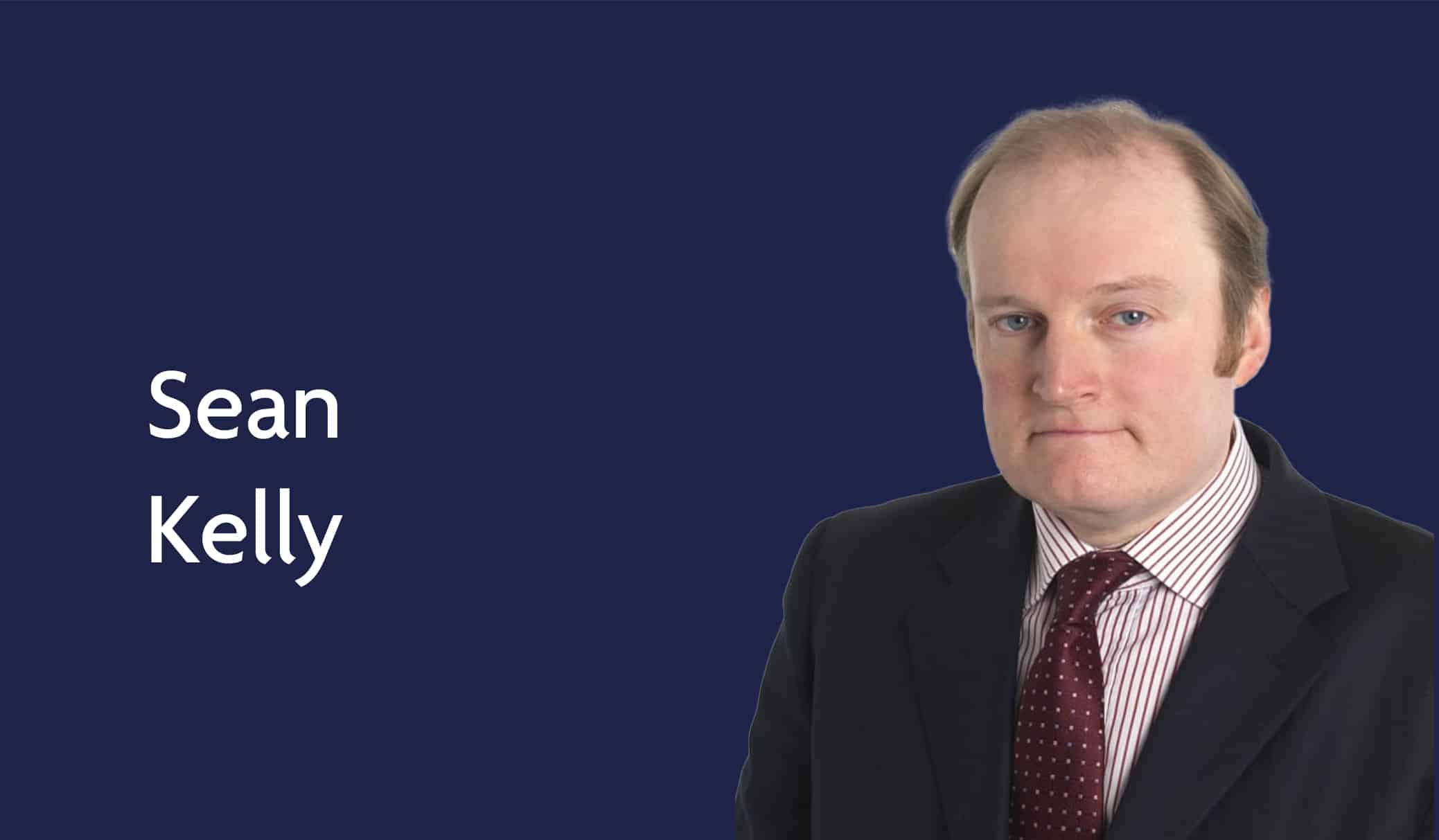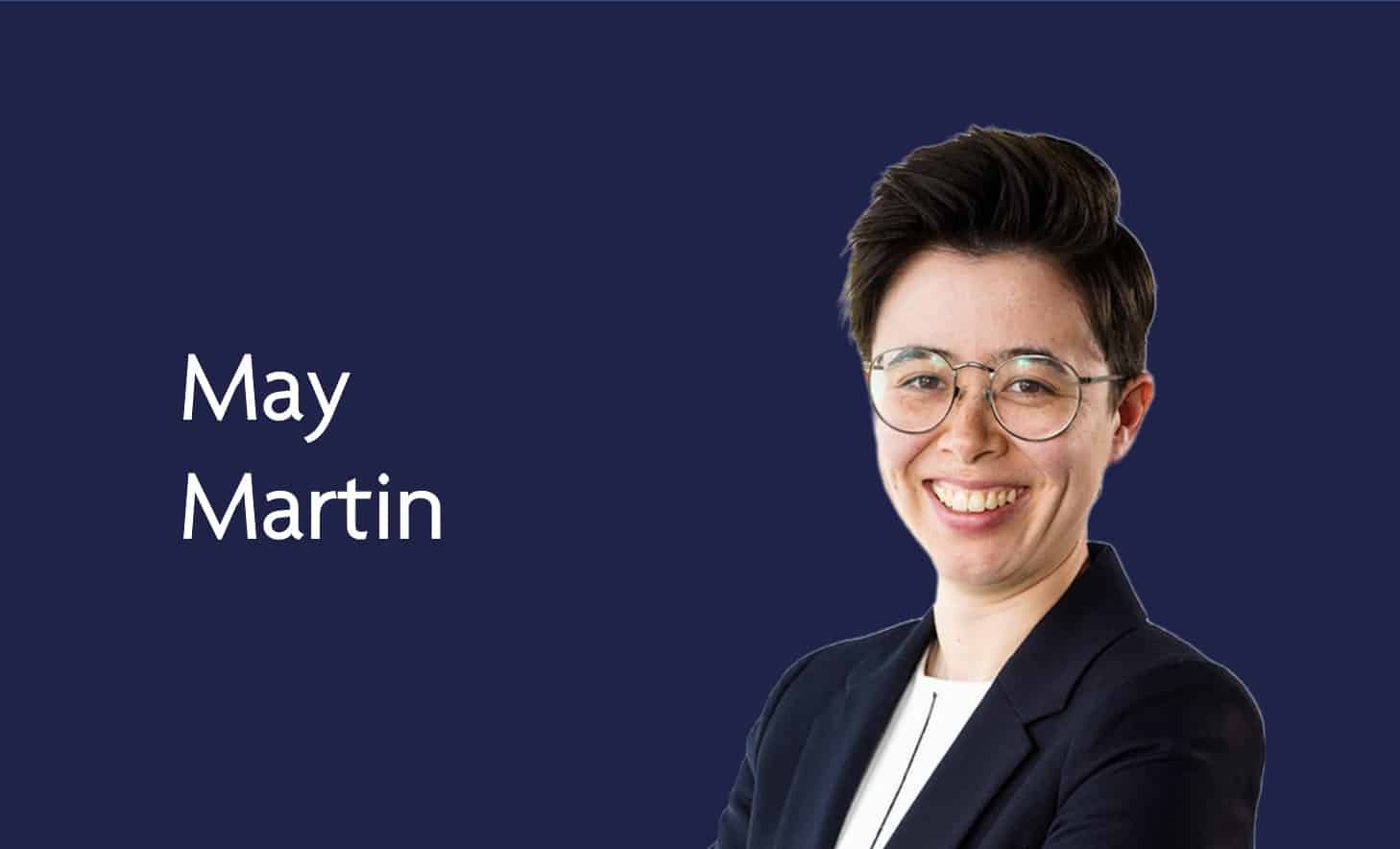Death and the family partnership

Written by Sean Kelly
The death of a member in a family partnership is an event which creates legal complexities as well as straining personal relationships. This article deals with common issues arising on the death of a member of a family partnership.
The situations created on death are infinitely varied, but a common scenario involves a partnership conducted between the father (“F”) and a son (“S”) where F makes a will appointing S and another child who has had no involvement in the business (“D”) as executors. The issue referred to above, is explored by reference to the consequences of the death of F while the partnership is continuing.
The grant of probate
There is at least a potential conflict of interest between the position of S as executor and as continuing partner. However, this is a conflict which has been created by F and this conflict (of itself) should not prevent S from proving. Indeed, S will need to provide much of the information required in order to compile the IHT forms. Compiling these forms without his operation will be difficult. However, S will need to ensure that he takes all necessary steps to advance the interests of the estate against his own. Otherwise, his conduct may create an actual conflict of interest which would justify his removal under section 50(1) of the Administration of Justice Act 1985.
The fact that S is a proving executor will not prevent him from bringing a claim under the Inheritance (Provision for Family and Dependents) Act 1975 (“the 1975 Act”) and will not prevent D from bringing a claim for winding-up of the partnership against S using CPR Part 19.3.
As IHT has to be paid before the grant of probate is made, S and D will need to reach some form of agreement as to the value of the interest of F in the partnership at death and to what (if any) properties held by F and S as joint tenants at law pass to S by survivorship. Care needs to be taken in the compiling of the IHT returns so that S and D both understand the basis upon which the partnership has operated is recorded accurately. HMRC will expect the IHT forms to be complied by reference to dissolution accounts.
Even before probate, D is entitled to see all of the accounts and accounting records of the partnership. Without these D will have little ability to understand how it has traded.
Partnership accounts
D will need to understand the operation of the partnership and (in particular) the nature of partnership property and will look to its annual accounts. No Statement of Standard Accounting Practice applies to partnership accounts and there is no requirement to update property values. Accordingly, it can be very difficult to determine which assets have been treated as partnership property from its accounts. Whenever an asset is brought into the partnership, the accountants ought to produce a note of the asset and the attributed value for future reference. In practice, this is done rarely.
Construction of gifts of assets associated with a partnership
A partner has no interest in any individual item of partnership property and merely has a net interest in all of the assets after the payment of all of the debts (see Popat v Shonchhatra [1997] 1 WLR 1367). This is a single cause of action which cannot be divided. The cause of action is the right to have the partnership wound-up. It is similar to a right to due administration of an estate. Partnership property cannot be held as tenants in common or as joint tenants as these forms of trust can only apply to individual assets.
The will of F may not describe correctly his interest in the business conducted by the partnership and F may well forget that assets (particularly land) which were previously owned by him beneficially are now partnership property.
A bequest of F’s “business” or his “share of the business” are normally construed as being F’s interest in the partnership which conducts the business (see Re Barfield (1901) 84 LT 28).
A number of cases decided before the Partnership Act 1890 (“the Act”) (and in particular Blake v Shaw (1860) Jo 732 and Farquahar v Hadden (1872) 7 Ch 1) appear to accept that there can be valid bequests of individual assets used in a partnership business. If that asset is not partnership property, then there is no objection to the asset passing by will in the usual way. However, if the asset is now partnership property, then it cannot pass in this way as the interest of F is not divisible. Any case decided before the Act needs to be treated with caution and it is unlikely that any Court would now accept this possibility.
Continuation of the business of the partnership
If it so provides, S may be able to or required to purchase F’s interest in the partnership following death under the terms of their partnership agreement. This could arise automatically or pursuant to an option. In either case, S’s decision to continue with the business on his own account is made at the time of death or the exercise of the option.
Where there is no contractual mechanism to allow S to purchase F’s interest in the partnership, the death will lead to a general dissolution where all assets of the partnership have to be sold. As executor of F, D has no right to participate in the management of the business of the partnership. Accordingly, S must wind-up the affairs of partnership.
Section 38 of the Partnership Act 1890 requires a continuing partner to complete transactions “begun but not unfinished” at the time of dissolution. In practice, this is a very limited requirement and S will need to decide at an early stage whether he wants to continue the business of the partnership on his own account or whether he merely wishes to wind it up.
For a partnership which operates a shop, winding-up involves the sale of the stock at the date of dissolution. However, it is very difficult to sell stock in this way. Customers expect stock to be replenished and are unlikely to buy slow-moving stock unless fast-moving stock is also available. Accordingly, it is difficult to merely wind-up a partnership of this nature. For agricultural partnerships there is normally an annual growing cycle, and the partnership transactions are completed at the end of that cycle.
Once S commences his own business using the assets of the partnership, the estate of F can claim an account under section 42 of the Act against him until winding-up has been completed.
Contractual purchase of the interest of F
In many ways, the most important part of any well-drafted partnership agreement is a mechanism under which the interest of a departing partner can be purchased thereby avoiding general dissolution. There are two main mechanisms being automatic purchase at death (that is to say an accruer) and options granted either to the estate or to the continuing partner to purchase. No contractual mechanism can operate if the partnership has already been dissolved (by agreement) before death.
The main advantage of an automatic purchase mechanism is certainty. The only issue left outstanding is the determination of the sum to be paid. The problem with accruer clauses is that HMRC takes the view that they are agreements for the sale of a partnership share within section 113 of the Inheritance Tax Act 1984 so that the deceased is no longer conducting business at the time of death. On this view, business relief will not be available (see McCutcheon at paragraph 28-26).
Options to purchase avoid this IHT difficulty but they create many other problems. Some problems arise due to the nature of options generally. These include determining when the option is to be exercised and how notice is to be given. Particular problems arise on death because F can neither give nor receive an option notice.
Some person needs to represent F and that person may need a grant of probate to give or receive an option notice. This may take time and the option period may elapse before a grant is made. A well drafted partnership agreement will deal with these issues, but many do not. If there is merely an option to purchase F’s interest in the partnership, then a failure to exercise the option will lead to a general dissolution.
In either type of mechanism, the price to be paid for F’s interest in the partnership can be determined in three ways being (i) using the last set of partnership accounts (ii) using accounts to be drawn up to death but on the same basis as previous accounts and (iii) using accounts to be drawn to death but with a revaluation of the assets. The third basis approximates most closely to the position on general dissolution and is the fairest. However, there is no presumption that any purchase mechanism adopts the third basis. The Court will construe each mechanism under normal contractual principles (see Drake v Harvey [2011] EWCA Civ 838). However, in practice the Court normally prefers to construe the clause so as to allow revaluation unless constrained to do so otherwise (see Ham v Ham [2013] EWCA Civ 1301). Revaluation normally leads to a fairer result.
If the assets of the partnership are to be revalued, this necessarily requires the instruction of a surveyor who might or might not be instructed as an expert. There will be a delay in obtaining the valuation (particularly if either party thinks that it is wrong) and this necessarily leads to the issue of whether the purchase price of payable on death (or the exercise of the option) or upon determination (see Liddle v Liddle [2019] EWCA Civ 346).
Any purchase mechanism has to adopt the treatment of assets in the partnership accounts. Assets cannot be re-valued unless a value is attributed to them in the accounts. Accordingly, purchase mechanisms do not overcome issues relating whether individual assets are partnership property.
As contractual mechanisms use pre-existing accounts or current accounting bases, goodwill will not feature, and no sum will be paid for the same.
Winding-up following general dissolution
Section 43 of the Act gives the impression that the interest F in the partnership is converted into a debt at the time of his death. At least in the case of a partnership holding assets, this is not the case. Partnership property is defined by section 20(1) of the Act to be property held upon the trusts of the partnership. The interest of F in partnership property is not sold or otherwise transferred on death. Partnership property remains partnership property until it is all sold on winding-up. F’s estate is entitled to his share of the capital profits arising on any increase in the value of partnership property on sale.
D or S can both apply to the court for winding-up. It is a joint cause of action, but both can take advantage of CPR Part 19.3. Issues relating to winding-up have little or no connection with the administration of the estate.
Section 23 of the Limitation Act 1980 prescribes that the time limit for the taking of an account is six years. This time limit has little practical application because it would be very rare for dissolution accounts of some kind to be prepared not least because of the requirement to value the interest of F in the partnership for IHT purposes.
Although a partnership is not wound-up until all of its assets are sold, it is common to prepare dissolution accounts in advance of any such sale. The value of the assets of the partnership at F’s death is needed because a section 42 account proceeds on the basis of the value of the capital account of F at death. Necessarily, such dissolution accounts will contain estimated values for partnership property. Unless there is a need to produce distinct winding-up accounts for tax purposes, the dissolution accounts will be adjusted when the assets are sold as estimated values will be replaced by actual values.
S may well wish to buy some or all of the assets of the partnership so that he can carry on the business on his own account. S can apply to the court for a Syers v Syers order enabling hm to purchase the assets at a valuation. In practice, D will normally agree to such an order provided that S does not seek to cherry pick the assets required. Provided that S pays the market value for the assets, D can have no proper cause for complaint. The issue will only come before the court if D has some good reason not to agree. Hence the comment of Hoffman LJ in Hammond v Brearley that Syers v Syers is more often cited than followed.
A good reason would normally involve some difficulty in undertaking the valuation exercise. D and S may have wildly different views on the value of particular land depending on its potential for development. It may not be appropriate for the court to determine this issue rather than the market.
It is very likely that there will be disputes as to what assets are partnership property and which pass to S by survivorship. As stated above, this needs to be considered before the IHT forms are completed because S may find it difficult to change his position from that stated in the IT forms. This is not likely to be a problem for D as D has to rely upon the partnership accounts. The general rules are as follows:
1) Partnership accounts are a starting point for the exercise but will not be definitive (see Barton v Morris [1985] 1 WLR 1257). Accountants often include assets in partnership accounts without explaining the significance to the partners.
2) No formalities are required for an asset to become partnership property as section 20(1) of the Act merely requires an asset to be “brought into the partnership”. Bringing in is an issue of fact. It is normally proved by appropriate bookkeeping entries. The partnership is credited with the value of the asset and the capital accounts are adjusted to make the accounts balance.
3) Transferring partnership property out of a partnership requires formalities as there is no provision corresponding with section 20(1). For land, there will need to be a contract for sale complying with section 2(1) of the Law of Property (Miscellaneous) Provisions Act 1989 and then a deed.
4) An asset bought with partnership money is deemed to be partnership property under section 21 of the Act unless the contrary can be proved. Money distributed to a partner as drawings and then used to buy an asset is no longer partnership money.
5) Only assets which are bought and sold by a partnership in the ordinary course of its business have to be partnership property (see Miles v Clarke [1985] 1 WLR 1257). Any other assets can be held outside the partnership.
In principle, on winding-up the goodwill of the partnership should be sold whether to S or to a third-party purchaser of the business. If there is saleable goodwill, then this will increase the capital account of F. Realistically, it is unlikely that the partnership will have saleable goodwill which can be differentiated from the personal goodwill of F and S.
Section 42 account
A section 42 account only applies to income profits.
Although section 42 of the Act gives D the right to claim the share of profits generated from S’s use of F’s interest in the partnership, this exercise is complicated as much of the profit may have been generated from S’s efforts. D will usually only opt for claiming a share of profits in a business which generates profits without much active involvement (such as property letting).
Where D seeks interest by way of a section 42 account, this is calculated based on the value of F’s capital account at death. Necessarily a section 42 account can only actually be taken after winding-up because winding-up is the final date of the account. Since 2008 at least an interest rate of 5 per cent per annum has been generous.
Inheritance Act claims
These can arise either where S brings a claim seeking provision to enable to continue the partnership business without paying the full value of F’s interest to the estate or where a third party seeks provision from F’s estate.
In any such case the court has to determine the value of F’s interest in the partnership as best it can. It cannot embark upon a full winding-up exercise.
Author
Sean undertakes a broad range of chancery and commercial work with emphasis on partnerships, company law, banking, contractual disputes, land law (including land registration), landlord and tenant and administration of estates.










